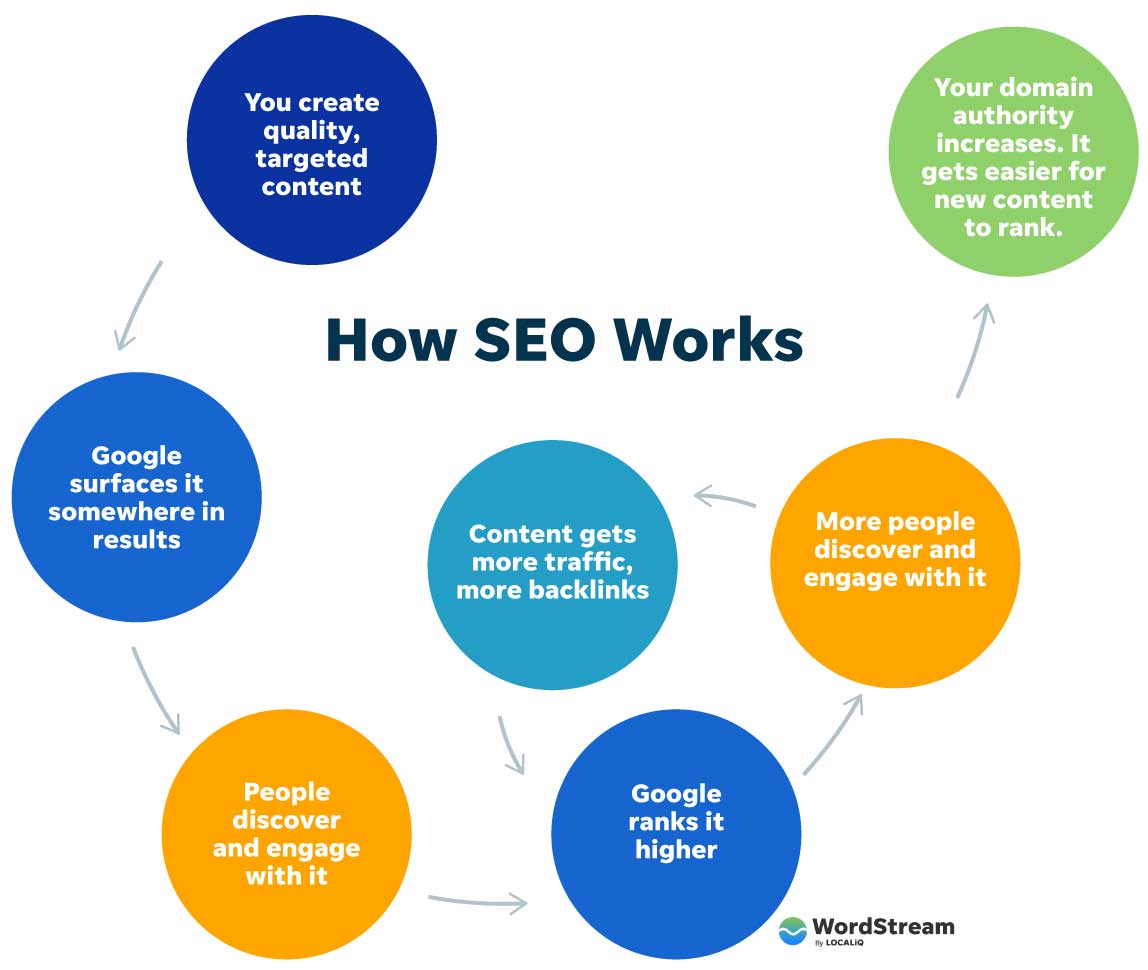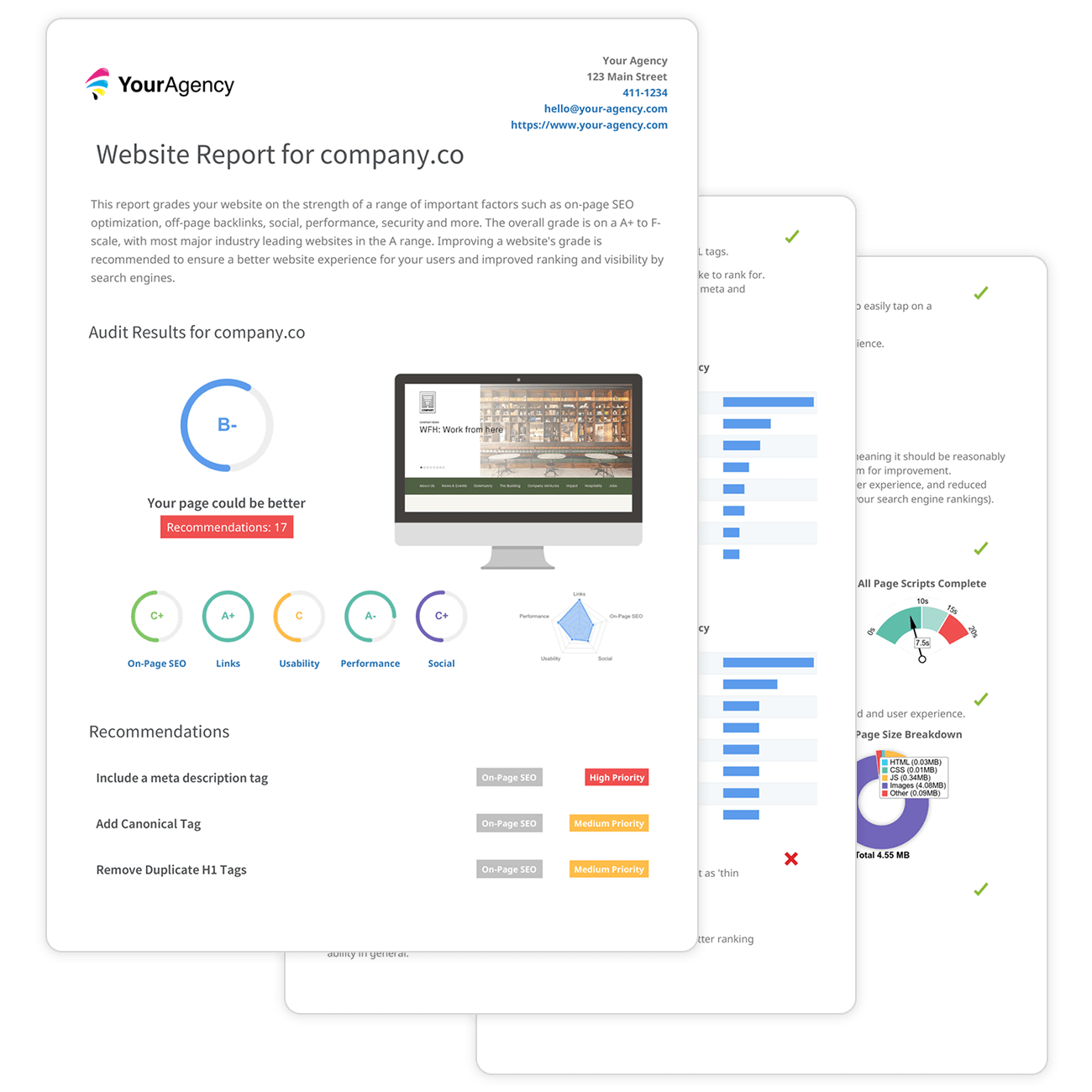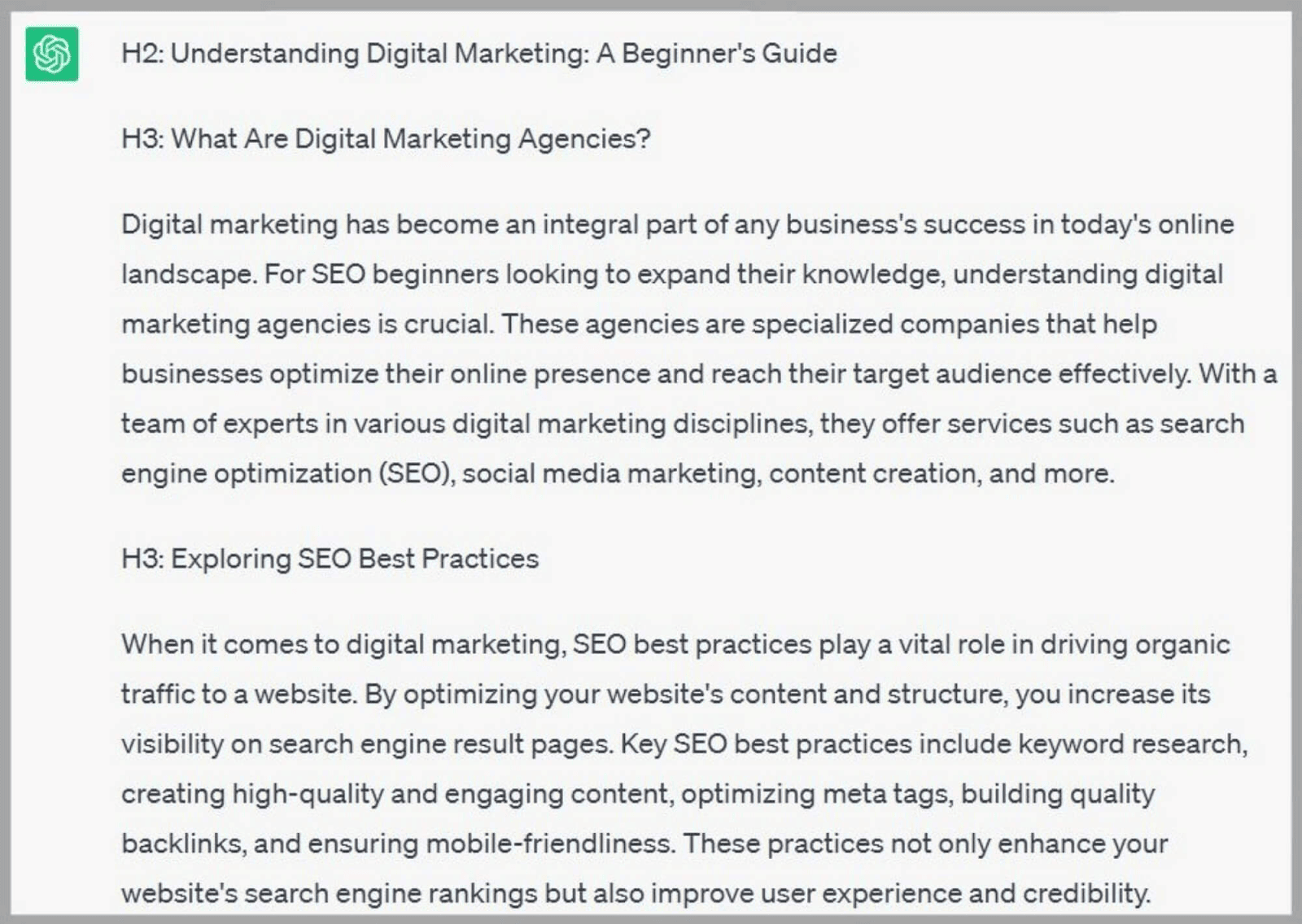Revealing What Is Ruled Out a Default Medium in Google Analytics
Revealing What Is Ruled Out a Default Medium in Google Analytics
Blog Article
Believing Outside the Box: Leveraging Unconventional Tools to Enhance Google Analytics Efficiency
In the realm of electronic advertising and marketing, the pursuit for enhanced Google Analytics performance has ended up being a tactical crucial for companies looking for to fine-tune their online visibility. Conventional techniques frequently fall short in catching the complete spectrum of client interactions and behaviors. Nevertheless, by discovering unusual tools as methods of information collection, a brand-new world of opportunities arises. These uncharted territories offer a riches of untapped insights that can potentially transform the method we recognize and enhance our digital strategies.
Special Data Resources

CRM systems, for example, can provide understandings into specific client interactions, purchase history, and preferences, which can be incorporated with Google Analytics information to create more customized marketing techniques. Social network platforms use useful information on customer demographics, passions, and involvement metrics, permitting businesses to assess the performance of their social media sites projects and optimize content for far better efficiency. Email advertising data, including open rates, click-through prices, and conversion metrics, can also be leveraged to track individual engagement and habits past website communications captured by Google Analytics. By leveraging these special information sources, businesses can improve their methods, enhance targeting initiatives, and enhance total Google Analytics performance.
Social Media Insights

Additionally, social media analytics devices allow organizations to track essential performance signs, screen project efficiency, and determine the impact of their on-line activities. Recognizing the demographics of followers, identifying popular content styles, and examining involvement degrees can help businesses tailor their advertising and marketing methods for far better results.
Offline Marketing Assimilation
Integrating offline advertising methods with electronic analytics can boost total project efficiency and provide a more thorough understanding of consumer habits. what is not considered a default medium in google analytics. By connecting the gap in between online and offline initiatives, organizations can track the influence of traditional advertising channels such as print advertisements, TV commercials, straight mail, and events on their on-line presence

Additionally, implementing telephone call radar for offline marketing activities enables services to capture valuable data on client queries generated via published promotions or materials (what is not considered a default medium in google analytics). By evaluating telephone call information along with on the internet metrics in Google Analytics, businesses can gain much deeper insights into the client journey and enhance advertising and marketing methods for improved performance across all networks
IoT and Wearable Modern Technology
Utilizing IoT and wearable innovation in digital analytics can revolutionize information collection and consumer understandings for organizations looking for a much deeper understanding of user habits patterns. These innovative innovations offer a seamless means to collect real-time data from various touchpoints. IoT gadgets can track individual find more information communications with items or services, offering important details on use patterns and preferences. Wearable innovation, such as smartwatches or health and fitness trackers, can offer understandings right into individual activities, health and wellness metrics, and also area information.
Gamification Techniques
The application of gamification strategies in electronic analytics provides a cutting-edge approach to improving individual involvement and driving workable understandings for organizations. By incorporating game-like elements such as points, badges, leaderboards, and compensates right into the analytics interface, business can motivate individuals to engage extra frequently and meaningfully with the data.
Gamification urges users to explore different attributes of the analytics platform, revealing important insights that could have otherwise gone undetected. Through interactive difficulties and development monitoring, individuals are incentivized to delve deeper into the information, bring about boosted time invested on the system and a greater possibility of uncovering essential patterns or i thought about this patterns.
In addition, gamification can foster a sense of competition among users, stimulating them to strive for higher performance and interaction degrees. This competitive spirit can drive boosted individual fostering rates and a much more extensive utilization of the analytics tools available. Inevitably, by leveraging gamification approaches in electronic analytics, businesses can create a much more interesting and Get More Information efficient setting for customers, resulting in more educated decision-making and improved overall efficiency.
Verdict
In verdict, leveraging unconventional tools such as one-of-a-kind data sources, social media sites understandings, offline marketing assimilation, IoT and wearable technology, and gamification techniques can optimize Google Analytics performance. By assuming outside package and checking out these alternative sources of data, organizations can gain useful understandings and enhance their total marketing techniques. It is important for companies to continually discover new means to collect data and examine it in order to stay in advance in the ever-evolving electronic landscape.
By incorporating information from resources such as client relationship monitoring (CRM) systems, social media systems, and e-mail advertising and marketing projects, companies can gain a much more extensive understanding of their target market habits and interaction patterns. Social media systems offer important information on individual demographics, interests, and involvement metrics, enabling businesses to assess the efficiency of their social media projects and maximize content for far better performance. By leveraging these distinct data sources, businesses can improve their methods, enhance targeting efforts, and improve general Google Analytics efficiency.
Discovering social media understandings can supply businesses with valuable information on customer demographics, passions, and interaction metrics, enabling for notified decision-making and tactical optimization of advertising efforts. By believing outside the box and checking out these different resources of information, organizations can get valuable insights and enhance their total advertising and marketing approaches.
Report this page